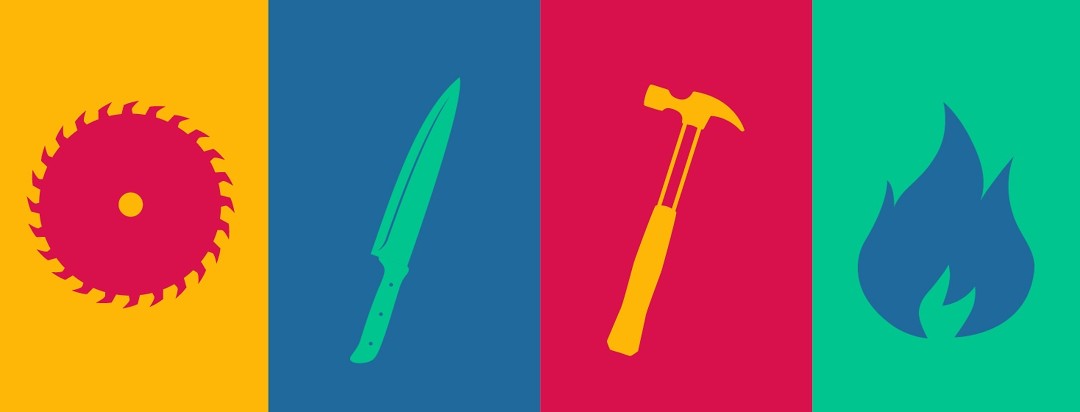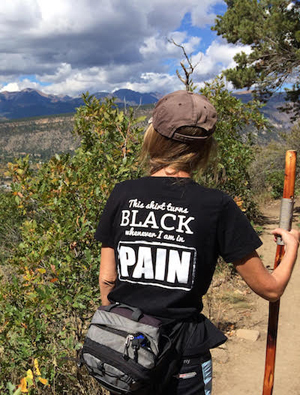Pain Is What the Patient Says It Is
The title of this article is my favorite definition of pain. Pain is an unpleasant experience that is subjective in nature, with a physiological component; this definition may be more scientific, and explanatory, but it also explains why the top definition is the more appropriate one.
You know your pain
The only expert about your pain is you, not your doctor, nurse, or pharmacist. You know what makes your pain worse, what makes it better, and that half the time trying to find causality is a frustrating waste of time. You know that when you are feeling down your pain feels worse, and you know that there is no way you would ever “fabricate” bad pain because the only person who would think that’s a good idea is one who hasn’t lived with pain. People in chronic pain want to run as far away from it as possible, not pretend it’s worse. Pain is a thief, and if you have been one of its victims you will do everything you can to get out from under its hold.
Defending our pain
In today’s world, pain has become such a hot button issue that many people who live with chronic pain are being forced to use their precious energy defending the fact of their pain. This is the worst way to live well with pain because living well with pain involves feeling heard and supported. Without that, the very mental states that doctors insist we all must avoid, will follow. Now, many of us are forced to live without their medications. We are hearing that since pain is a construct of the brain, we should be able to talk ourselves out of it. We are looking at the faces of disbelief when we tell our health-care practitioners that our pain level is a 7 or 8, 9, or 10. None of this is conducive to a good life. And none of it is what we need to be focusing on right now.
Seeing is believing?
In the course of the past month I’ve encountered disbelief during an infusion about the level of my pain, and from my physical therapist who challenged the idea that I could still have pain even if I wasn’t conscious of it. I told him that is what distraction is, an effective way to take the conscious mind away from the pain, and something that I believe has saved my sanity. I’ve had infusions for years at the same center and my pain level has stayed pretty consistent. It has only been during the past few months that I get the disbelief from my nurses. Given the adage, “seeing is believing,” I understand how pain may be harder to see than perhaps a swollen joint. But, when will we be able to stop defending our pain and start having it seen?
Talking about RA pain
I have a black t-shirt that I bought a few years ago during arthritis awareness month that says this on the back: This Shirt Turns Black Whenever I’m In Pain.” I’ve only worn it outside the house once. I’m afraid of declaring my pain to the world; I’m afraid that I’ll be labeled as someone who enjoys the “secondary gain,” that pain supposedly provides. But it’s come to the point that I think this has been a bad decision. It is time for people in pain to tell others about it. It’s time we let people know because if the patient doesn’t say what pain is, then the medical community will do it for us, and I for one think they aren’t doing a good job.


Join the conversation